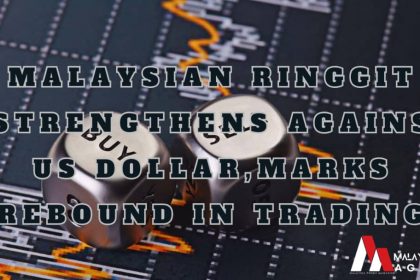Choosing the right currency pair to trade is a crucial decision for forex traders. The currency pair you select can significantly impact your trading strategy, risk management, and potential profitability. Here are some steps to help you choose the right currency pair to trade:
- Understand the Major, Minor, and Exotic Pairs:
- Major pairs include the most widely traded currencies in the world, such as EUR/USD, USD/JPY, and GBP/USD.
- Minor pairs involve currencies from smaller economies, like AUD/NZD and EUR/GBP.
- Exotic pairs combine one major currency with a currency from a smaller or emerging market, like USD/TRY or EUR/SGD. Exotic pairs are generally less liquid and more volatile.
- Assess Your Trading Goals:
- Determine your trading objectives. Are you looking for short-term opportunities or long-term investments? Your goals will influence your choice of currency pairs.
- Scalpers may prefer highly liquid major pairs, while swing traders might consider major and minor pairs. Long-term investors may look at exotic pairs for potential growth.
- Consider Market Conditions:
- Evaluate the current market conditions. Are they trending, ranging, or volatile? Different currency pairs perform differently in various market conditions.
- Major pairs are often more stable and suitable for ranging markets, while exotic pairs may provide more opportunities during volatile trends.
- Analyze Fundamental Factors:
- Study the economic and geopolitical factors influencing the currencies in your chosen pair. These can include interest rates, inflation, political stability, and economic indicators.
- For example, if you believe that the Eurozone is entering a period of strong economic growth, you might consider trading EUR/USD.
- Use Technical Analysis:
- Apply technical analysis to identify trends, support, and resistance levels, and potential entry and exit points.
- Technical indicators like moving averages, RSI, and MACD can help you make informed decisions.
- Be Aware of Correlations:
- Understand the correlation between currency pairs. Some pairs move in the same direction (positive correlation), while others move in opposite directions (negative correlation).
- Diversify your portfolio by trading pairs with low or negative correlations to spread risk.
- Consider Volatility:
- Volatile currency pairs can offer high profit potential but also carry greater risk. If you’re risk-averse, consider more stable pairs.
- Exotic pairs are often more volatile than major pairs, so trade them with caution.
- Test Your Strategy:
- Before committing real capital, practice your trading strategy using a demo account. Experiment with different currency pairs to see which one aligns best with your approach.
- Monitor News and Events:
- Stay updated on economic news and geopolitical events that can impact your chosen currency pairs. News releases can lead to sudden price movements.
- Maintain Proper Risk Management:
- Always use risk management techniques like setting stop-loss orders and limiting the percentage of your account at risk on any single trade.
Remember that there’s no one-size-fits-all answer when it comes to choosing the right currency pair to trade. Your choice should align with your trading style, objectives, and risk tolerance. It’s also essential to stay informed, continuously learn, and adapt your approach as market conditions evolve.











